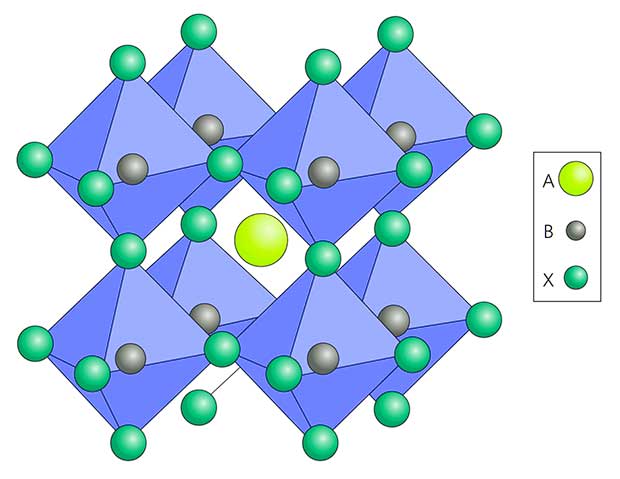
For some time now, much research has been put into coming up with new fuel cell technology solutions. With the importance of such technology for the future of the planet, it makes sense that people will want to make progress ASAP. The latest innovation in the fuel cell tech industry comes from the University of Aberdeen in Scotland.
Research teams in Aberdeen have found a new family of chemical compounds that they believe could “revolutionize” the industry. They also reckon that it could be a key to helping to eventually cut back and defeat global carbon emissions rising as such a scale.
The research team, lauding their results as “finding a needle in a haystack” believe this could be a game-changer for the industry. Known as hexagonal perovskites, these particular solutions could be the ideal next step in breaking through into ceramic fuel cells.
Now, I’ve talked about perovskites before as a tool for creating hydrogen from water using solar cells. This process, however, goes the other direction in a fuel cell.
Ceramic fuel cells are noted being extremely efficient, capable of converting chemical energies into electrical energies. They are, when powered by using hydrogen, also very likely to produce a favorable solution compared to fossil fuels. But, ceramic fuel cells operate at too high of temperature for use in cars.
According to the University of Aberdeen, “For a number of years we’ve been looking for compounds that might overcome these issues in the relatively unexplored hexagonal perovskite family, but there are specific chemical features required which are hard to find in combination. For example, you need a chemical compound with very little electronic conductivity which is stable in both the hydrogen and oxygen environments of the fuel cell.”
Thanks to the tireless work of Professor Abbie McLaughlin and her team, then, we could be about to see a major breakthrough for fuel cells. If we’re ever going to get ahead of the climate crisis and fuel cell vehicles are to be part of this solution, then hexagonal perovskites could play a major role.
Citation
https://www.abdn.ac.uk/news/13784/
Comments are closed here.